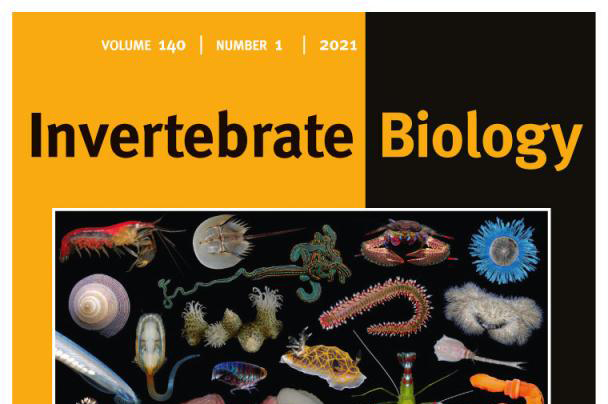
Microscopy, Art, and Humanities Article by RiSE Faculty Member Sara Lindsay Published
An original article by RiSE Center faculty member Sara Lindsay, Associate Professor of Marine Sciences, was recently published in Invertebrate Biology (American Microscopical Society).
Integrating microscopy, art, and humanities to power STEAM learning in biology (link to article)
Abstract:
Close observation is central to both art and science as practitioners in both disciplines describe, compare, and seek to understand or interpret the natural world. Indeed, as the artist and writer Guy Davenport noted, “The vision by which we discover the hidden in nature is sometimes called science, sometimes called art.” In the last decade, the movement to integrate science, technology, engineering, and mathematics with arts and humanities (i.e., STEAM learning) has gained traction in K–12 education. A recent National Academies report (2018) examines the case for integrating humanities and the arts in undergraduate STEM education. Microscopy provides an excellent vehicle for engaging all kinds of students in integrative (STEAM) learning about biology and for encouraging them to observe the world closely. In this essay adapted from my keynote address to the American Microscopical Society in 2020, I highlight activities and approaches that use microscopy to engage learners of all kinds, examine how using microscopes changes students’ attitudes about science and biology, and explore the intersection of microscopy and visual art.
